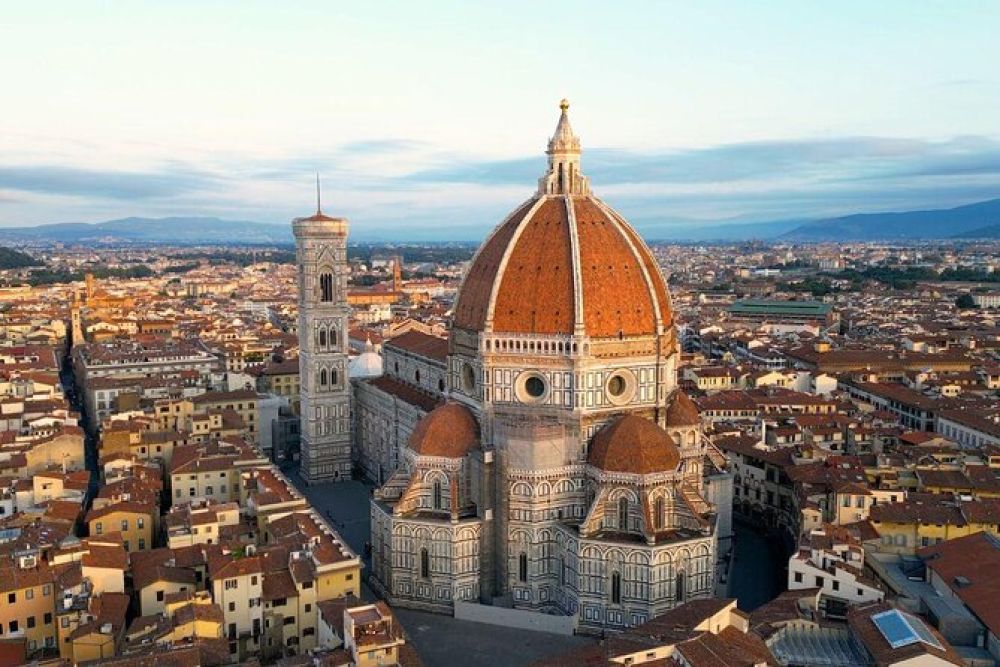

Florence's Duomo, formally known as the Cattedrale di Santa Maria del Fiore, is not only a symbol of Renaissance beauty but also a monument that chronicles the evolution of Florentine art, architecture, and faith. The construction of the cathedral began in 1296 and was consecrated by Pope Eugene IV in 1436. The most iconic part of the Duomo is its magnificent dome, engineered by Filippo Brunelleschi. This masterpiece was a marvel of the time due to its innovative design and the techniques used for its construction. The Duomo has since been an integral part of Florence's skyline and a testament to the ingenuity of its architects.
Since the completion of the Duomo, it has attracted visitors from all around the world, drawn by its architectural grandeur and historical importance. In the beginning, it was primarily a place of pilgrimage and spiritual contemplation. However, with the advent of the Grand Tour in the 17th and 18th centuries—a traditional trip across Europe undertaken by mainly upper-class European young men— the Duomo became a quintessential stop for cultural edification.
The growth of modern tourism in the 19th and 20th centuries brought a new wave of visitors, making the Duomo one of the most visited historical sites in the world. After Italy’s unification and with the advent of accessible travel, the cathedral's fame only grew, firmly establishing it as a must-see destination for anyone visiting Italy.
In recent years, tourism at the Duomo has seen a shift towards sustainable and responsible travel, with efforts to preserve the integrity and longevity of the site. Tourists are encouraged to engage with the site beyond a superficial visit by taking guided tours that provide insights into the cathedral's history and the artwork it houses, including works by Paolo Uccello and Giorgio Vasari.
Another trend is the use of technology to enhance the visitor experience. Virtual and augmented reality tools offer immersive experiences, allowing visitors to see the Duomo as it was in different historical periods or to explore areas that may not be accessible to the public.
The digital age has made the Duomo more accessible than ever before. Online ticketing services have streamlined visiting processes and spread out tourist traffic throughout the day. Social media also plays a significant role, with visitors sharing their experiences and contributing to the cathedral’s renown on platforms like Instagram and TripAdvisor.
Opening Hours: The cathedral has different opening hours for the dome, museum, bell tower, and the baptistery. It is essential to check the official website for up-to-date times and schedules.
Tickets: Visitors can purchase tickets that provide access to all parts of the complex, including the museums and associated historical buildings. It’s advised to buy tickets in advance to avoid long waiting lines.
Preservation Efforts: The Opera di Santa Maria del Fiore, the institution responsible for the conservation of the Duomo, continues to actively work on the preservation and maintenance of this historical site, ensuring that it remains a cornerstone of Florentine culture and history.
The Duomo of Florence stands as a beacon of human achievement and cultural heritage. Its impact on tourism has been profound, influencing not only the economy of the city but also its international reputation as a hub of art and history. As we move forward, balancing the needs of tourists with those of the monument’s preservation, the Duomo will undoubtedly continue to inspire and amaze millions of visitors for generations to come.